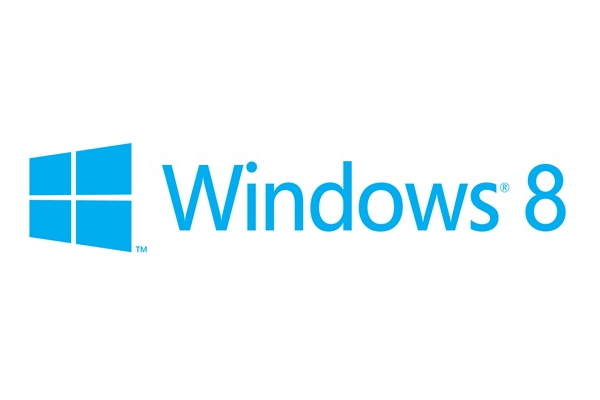I recently had the chance to play around with the recently released Windows 8 Consumer Preview build on a Asus Eee Slate EP121 tablet and on a whitebox PC (the same system I used for the ESXi 5.0 evaluation). After a day of running Windows 8 on both systems, here are my initial reactions. While MetroUI as an interface has certainly proven to work well for the Windows Phone 7 platform and for tablets running Windows 8 builds, it leaves much to be desired for traditional desktop and laptop users, as the whole Windows 8 experience seems to make your computer feel like a giant phone/tablet, sans the touch input (unless you own a touch monitor or a touch accessory).
For tablet users, Windows 8 represents a refreshing change, as it does away with the typical windows & icon-based interface (that we’ve been using for the past 20 years) to a tile-based one, which is very touch friendly. The MetroUI interface in Windows 8 is sleek and clean, with apps running launching seamlessly without issue. For a preview build, Windows 8 Consumer Preview is surprisingly stable and performed rather well on the systems I tested it with. At times, Windows 8 seemed to perform better than Windows 7.
For those not too keen about the new MetroUI interface, Windows 8 offers a “classic” desktop mode, which looks very similar to Windows 7’s desktop (with the exception of the Start button, removed in Windows 8). Programs from previous versions of Windows run in this mode, separately from the MetroUI-based apps. With exception of a few legacy games, I did not encounter many incompatibility issues. For the most part, nearly all programs that ran on Windows 7 should run on Windows 8.
Now, here’s the ugly part. For keyboard & mouse users, the MetroUI interface will force users to significantly change the way they use Windows. For some users, Windows 8 will make computing simpler, but for many power users, the new interface represents an awkward and annoying change. Some actions that previously took little effort now seem to take much more effort in Windows 8 with a keyboard and mouse. Some examples include scrolling through the MetroUI Start menu, accessing the new Windows 8 charms, the ability to sleep/shut down the computer, accessing the regular Control Panel (not the new simplified Settings section), etc.
While smooth for touch users, as it is now MetroUI just feels clunky with a keyboard and a mouse.
Multitasking also takes a large hit in Windows 8. The ability to view several running programs on a single screen has always been a boon for power users and while users can continue to so with “legacy” programs in Windows 8’s desktop mode, MetroUI does away with all of that, forcing all MetroUI apps to run fullscreen. What’s worse is that while current MetroUI apps look and run fine on a tablet, they are just far too simplistic for power users with large/multiple monitors. For example, the text and spacing in the MetroUI Mail program looks abnormally huge on a large monitor, with much of the white space being wasted.
By pushing MetroUI as the main interface, Microsoft is making a rather risky move with Windows 8. While previous preview editions of Windows 8 allowed the MetroUI interface to be disabled (via registry edits), there is no ability to do so in the Windows 8 Consumer Preview. No doubt that this will not sit well with users that are less than enthusiastic about MetroUI. Don’t get me wrong, I like the new MetroUI interface and there’s no doubt that it’ll work well on tablets and touch-based devices. However, I believe that pushing MetroUI in Windows 8 with no option to disable it may be a mistake, as a majority of the computing population still uses traditional non-touch devices for their computing usage. I fear that by doing so, it may greatly alienate many PC users, particularly those that are not easily adaptable to change.
Even Steve Ballmer even publicly stated that Windows 8 would be their ‘riskiest’ product ever, given the significant amount of change that Windows 8 brings. Given how people generally reacted to the release of Windows Vista five years ago, an OS which introduced far less changes than Windows 8, I would be worried.
